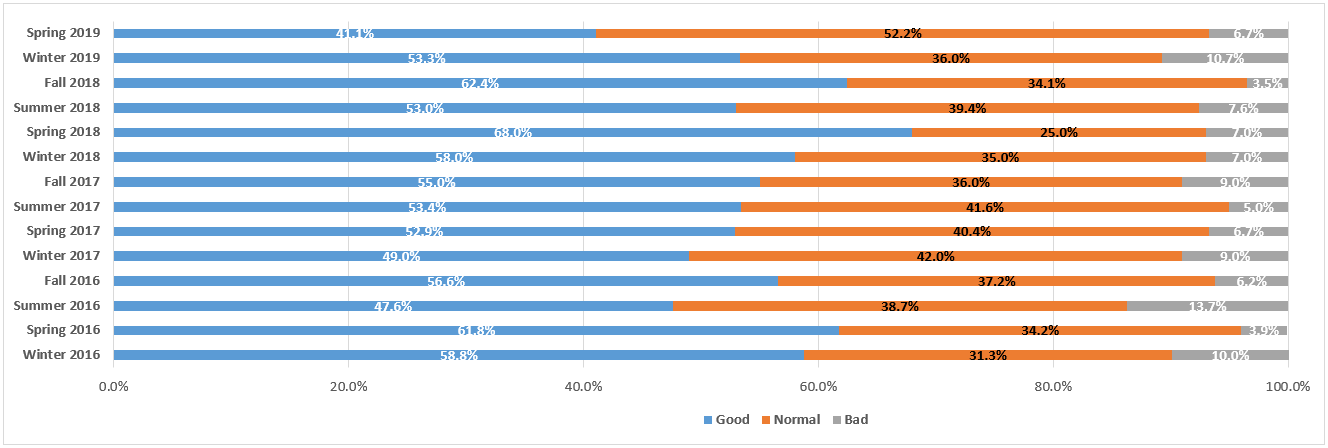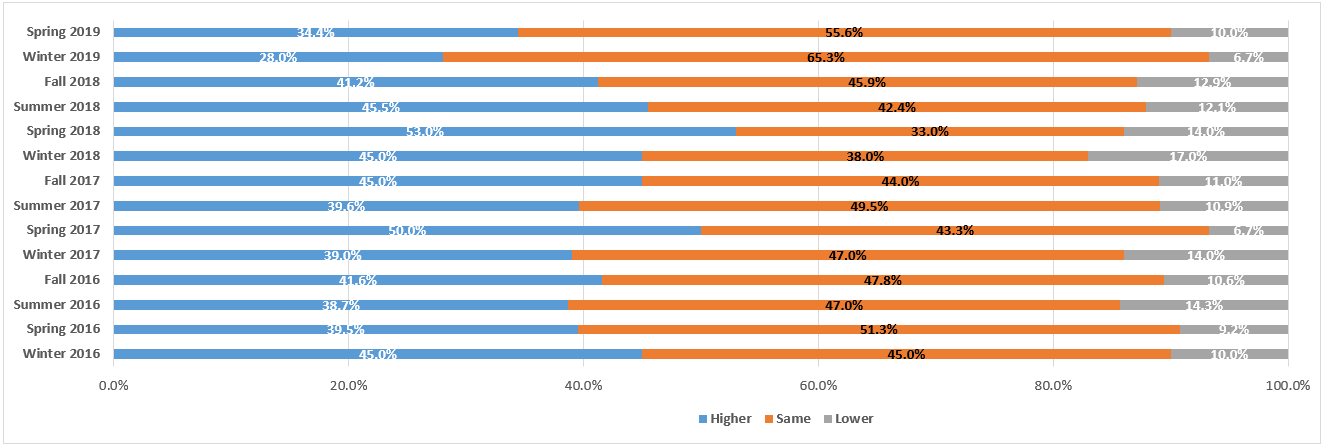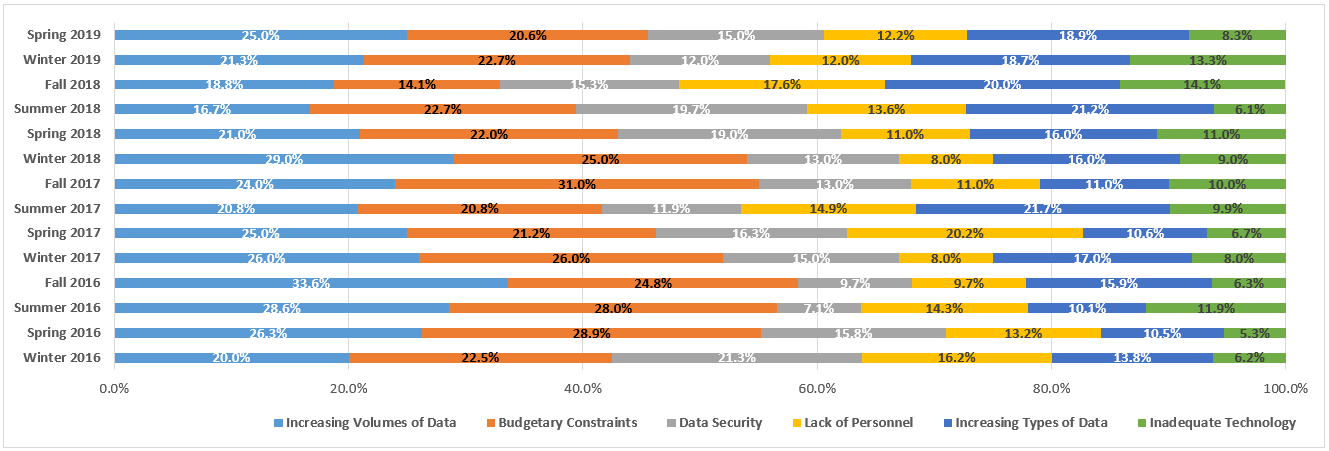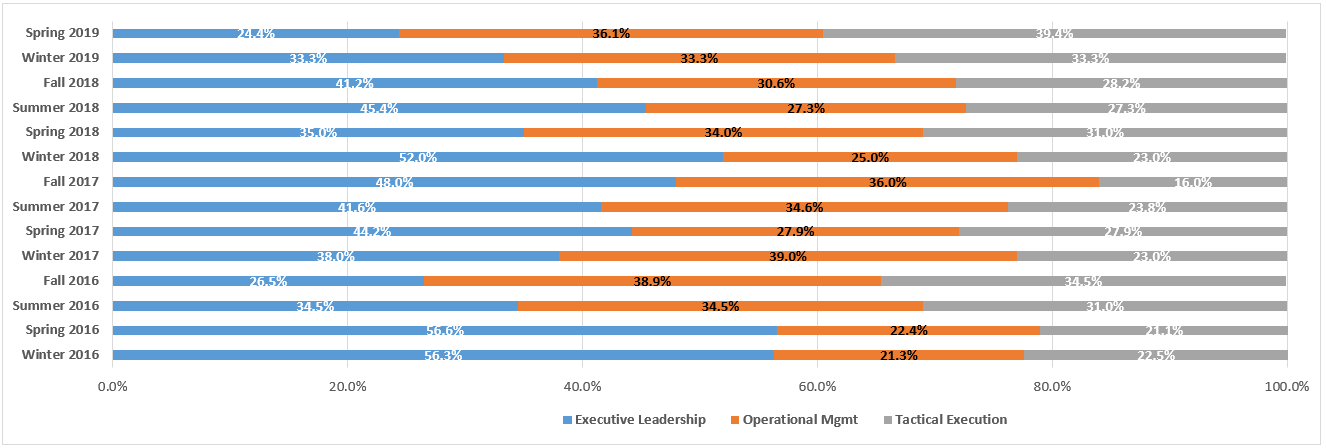Here’s the “eDisclosure” Systems Buyers Guide for 2019: eDiscovery Trends
Yep, it’s that time of year again. Time for Andrew Haslam’s annual eDisclosure Systems Buyers Guide!
Authored once again by litigation support and “eDisclosure” (that’s what they call eDiscovery across the pond) expert Andrew Haslam and published in conjunction with Legal IT Insider – and now in its seventh edition, the eDisclosure Systems Buyers Guide has become an industry bible for tracking providers in the industry. As always, the Guide provides an overview of key technology considerations, industry approaches and vendor capabilities regarding eDisclosure. Covering topics from the EDRM Model to vendor service and software analysis, the guide provides a complete and credible resource for legal and IT professionals seeking to understand and apply eDisclosure concepts, processes, techniques, and tools.
The target audience for the Guide are those individuals who understand they have a requirement, but don’t know how to proceed with the next steps. Andrew says that Chapter 6 (the procurement Chapter) provides the “meat” of the document with example requirements for scanning, coding, data collection and litigation support services. There is also a reference Chapter (Chapter 7) for additional links to other useful sites and then the specific details of suppliers and software.
The Guide is based on Andrew Haslam’s general experience in the marketplace, also drawing from a number of vendor procurement exercises. The information on firms and software tools has been provided by the organizations themselves, with moderation from the author. As in previous editions, Andrew sprinkles boxes throughout the guide that are notes, best practice recommendations and warnings (which are designated by a bomb with a lit fuse icon) to help provide guidance to readers for best practices.
There have been 43 modifications to the entries, with the Guide showing 98 (the same as last year) suppliers and 68 (down from 73 last year) products. If you provide both services and software, you’re listed in both sections. So, for example, CloudNine (shameless plug warning!) is listed on both page 103 of the document in the suppliers section and page 260 of the document in the software section – needless to say, we have a few more products to report on than last year!
Though the overall number of suppliers has stayed the same, there have been 12 companies leaving the Guide and 12 joining, with three name changes. Some of the departing companies have been as a result of mergers, others have not supplied updated details and have been removed to keep the content current. The software figures reflect the removal of 11 applications and the arrival of 6 entries into the marketplace.
When it comes to coverage of the providers, the Guide is more than just a cursory listing, it’s a detailed listing that includes a detailed description of their services, providing the buyer with a terrific head start in understanding what each company does and whether their services and/or software might meet their needs.
Andrew is currently employed as the UK eDisclosure Project Manager for Squire Patton Boggs, so, as always, he makes sure to note that all opinion within the Guide is Andrew’s personal viewpoint and does not represent any views, opinions or strategies of Squire Patton Boggs. The 445 page(!), 18 MB(!!) PDF can be downloaded directly from the Legal IT Insider website here.
So, what do you think? Are you in the market for an eDiscovery (eDisclosure) provider or solution? Please share any comments you might have or if you’d like to know more about a particular topic.

Sponsor: This blog is sponsored by CloudNine, which is a data and legal discovery technology company with proven expertise in simplifying and automating the discovery of data for audits, investigations, and litigation. Used by legal and business customers worldwide including more than 50 of the top 250 Am Law firms and many of the world’s leading corporations, CloudNine’s eDiscovery automation software and services help customers gain insight and intelligence on electronic data.
Disclaimer: The views represented herein are exclusively the views of the author, and do not necessarily represent the views held by CloudNine. eDiscovery Daily is made available by CloudNine solely for educational purposes to provide general information about general eDiscovery principles and not to provide specific legal advice applicable to any particular circumstance. eDiscovery Daily should not be used as a substitute for competent legal advice from a lawyer you have retained and who has agreed to represent you.













